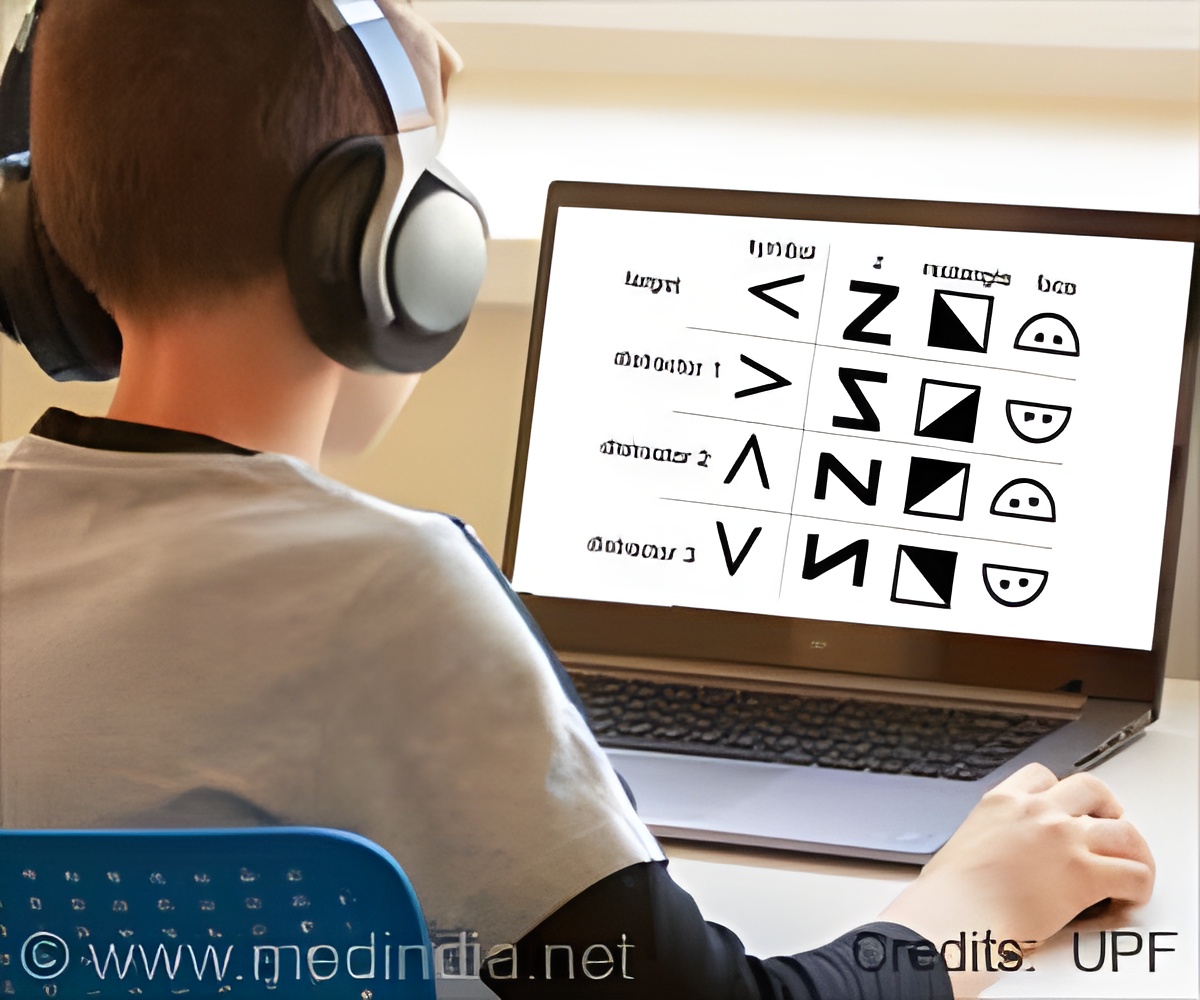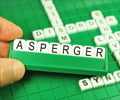
‘Children who were confident about their reading skills made better progress in their reading skills than those in the control group.’
Read More..Tweet it Now
Participants were from the first and second years of school and the teacher had identified them as at high risk for dyslexia. They had undergone neuropsychological examinations, tests for reading and writing skills and cognitive abilities, and their brain functions were also measured. They were also questioned on their motivation and their beliefs about their own reading skills. Read More..
Participants were then asked to listen to nonsensical four-syllable words from a loudspeaker and repeat them. They were also asked if they had heard the word before.
Dr. Anni Nora states, “We wanted to see how the kids learned to create memories of new words. We noticed that children at a high risk of dyslexia also have deficiencies in learning new words based on hearing them. Their memories of new words were not very precise, and they weren't capable of differentiating the made-up words from each other. This is an indication of a broader difficulty in processing words in the brain, which makes learning to read more difficult as well.”
Dr. Nora, along with her colleagues Professor Riitta Salmelin and Assistant Professor Hanna Renvall, developed the MEG Measurement test.
Findings revealed that neural activation in the right cerebral hemisphere of children with high dyslexia risk was comparable to that of children in the control group. Problems in processing phonemes (the sound content of speech) and learning new words were focused in the left-hemisphere auditory cortex.
Advertisement
Dr. Nora explains that in children, the language and speech processing can also be seen in the right hemisphere, but the emphasis shifts to the left side over time. Each side focuses on more specific tasks as age increases.
Advertisement
Using GraphoLearn (a mobile learning game), children were asked to read out both words and meaningless pseudowords that they could not guess. The study tested how the game affected difficulties in reading and writing.
Children who were confident about their reading skills made better progress in their reading skills than those in the control group.
“It might be a good idea to develop tools for special education teachers to help them support children's self-efficacy,” says Miia Ronimus, research fellow.
Source-Eurekalert












